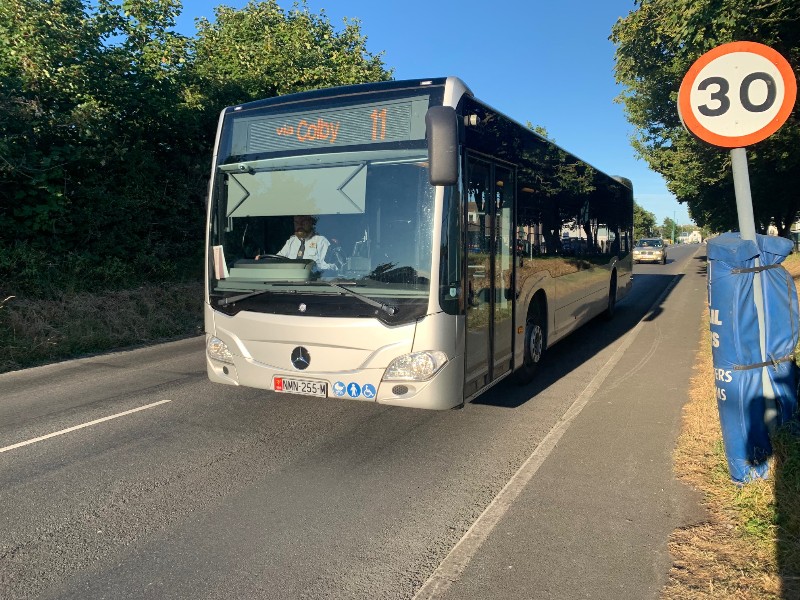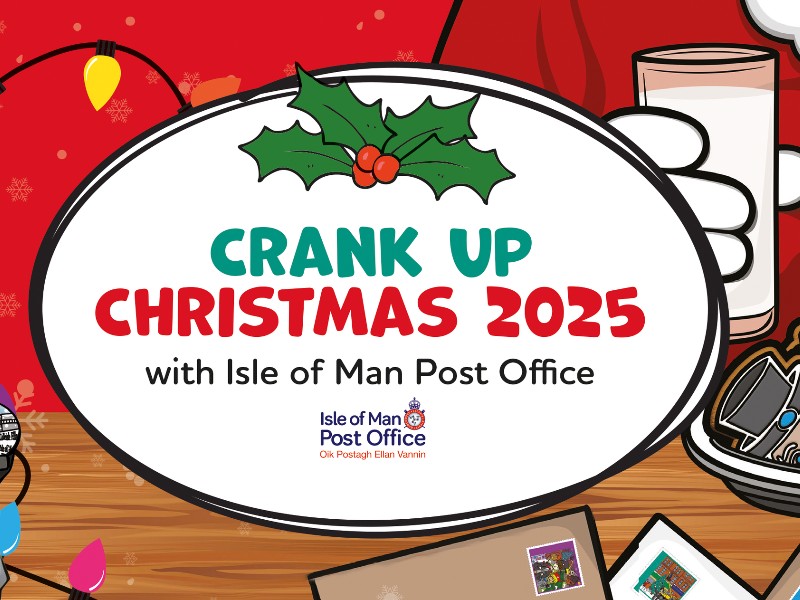
Department publishes transport strategy for 2025-2035
Improving road safety, supporting active travel and better external links to and from the Island.
Those are some of the aims set out in the Department of Infrastructure's Transport Strategy for the next 10 years.
The document, which will be laid before Tynwald next month, highlights the department's goals and approach for tackling challenges and opportunities from 2025 to 2035.
It's aims include cutting the number of deaths and serious injuries on the Island's roads, improving accessibility to transport and improving public health by encouraging more people to cycle and walk.
The document also pledges to enhance and maintain highway assets, such as roads, footpaths and cycle lanes, and look at legislation around 'micromobility', which includes the likes of e-bikes and e-scooters.
The strategy also commits the DoI to facilitate the adoption of zero emissions vehicles and support research on automated vehicles.
For those looking to travel to and from the Island, the report says the department will develop and improve external links.
For air, this includes more support for those with reduced mobility, and encouraging passengers to use public transport when getting to and from Ronaldsway.
Looking at harbours, the strategy highlights the need to electrify commercia harbours to remove the need for fossil fuel generation in port, and commits to update the 2018 harbours strategy.
Upgrades to the bus fleet will continue, including future zero-emission technologies, and there will be strategic changes to the bus network, including bus prioritisation at junctions.
No details about railways and trams have been included in the strategy.
The strategy says the Island must be flexible to deal with demographic changes, including government's target of welcoming 500,000 visitors each year.
It also states the cost of maintaining transport infrastructure has risen creating a challenge to the department's ability to bring forward enhancements.

 Yellow weather warning overnight for ice
Yellow weather warning overnight for ice
 MLC calls for 'wider conversation' on how constitutional changes are made
MLC calls for 'wider conversation' on how constitutional changes are made
 Foodbank 'run off feet' as donations decline
Foodbank 'run off feet' as donations decline
 Fire crews respond to 'smoke and chemical smell' in Port St Mary
Fire crews respond to 'smoke and chemical smell' in Port St Mary
 Last dates for Christmas delivery announced
Last dates for Christmas delivery announced